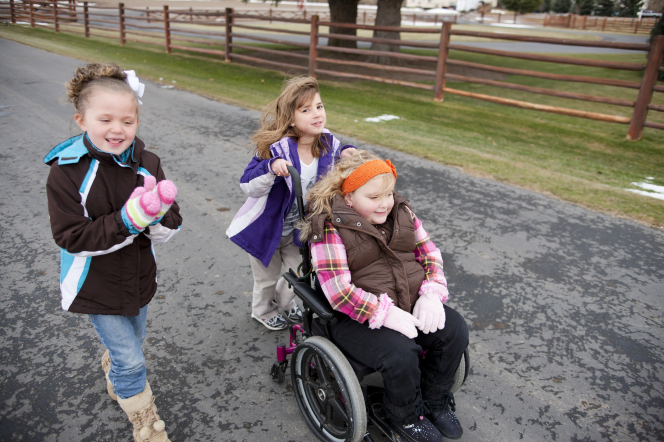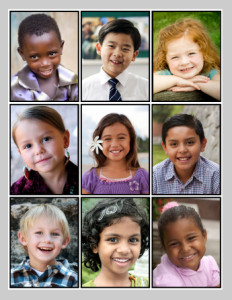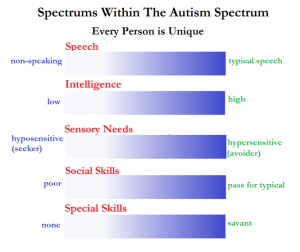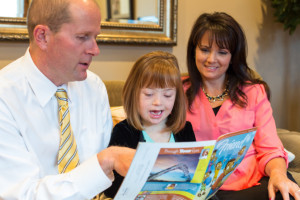 Have you ever thought of a project, but you were too afraid to start?
Have you ever thought of a project, but you were too afraid to start?
I have a seven-year-old niece who has probably created more things than most people do in their lifetimes. Once, she made a fish tank out of paper and even devised a food dispenser with tape, folded paper, and paper scraps. When she lost a tooth this year, she set up a room for the tooth fairy out of a laundry basket with a toy bed and a fridge so that the fairy could take a break. This girl never stops creating.
I think a lot of us did things like that when we were little. After growing up, some people keep that creativity alive, while others classify themselves as “non-creatives” and avoid opportunities to see what they’re made of.
I don’t believe that art is the only outlet we have to be creative. I enjoy drawing, painting, and writing. I’m that kind of creative. But I haven’t always been confident that I could contribute my ideas in groups and meetings. I’m still not confident about that. But that’s another part of creativity, and I’m determined to develop it.
There’s an unlimited amount of creative outlets in this world. The challenge for us is to get over all of the fears that we make up about creativity—the fear of failure, the fear of rejection, the fear of being amateur, the fear of wasting time (that’s my big one).
Let me tell you something the bestselling author Elizabeth Gilbert has written about creativity:
“So this, I believe, is the central question upon which all creative living hinges: Do you have the courage to bring forth the treasures that are hidden within you?”
Having the courage to be creative is an adventure. And don’t worry about wasting time. Dieter F. Uchtdorf said,
“Creation brings deep satisfaction and fulfillment. We develop ourselves and others when we take unorganized matter into our hands and mold it into something of beauty.”
So here is my challenge, and I’m doing this with you. Make it your goal to do one creative thing every day. You don’t have to spend a certain amount of time on it. Just do something. I guarantee that you will be more fulfilled in your life and in your family if you start to discover the treasures that are hidden within you.
Here are thirty-six ideas to get you started:
1. Write in your journal.
2. Take a picture.
3. Edit a picture.
4. Write a social media post.
5. Bake something.
6. Cook something.
7. Set the table nicely.
8. Draw something. It can be a doodle!
9. Paint a picture.
10. Paint furniture.
11. Paint a room.
12. Rearrange the furniture in your home.
13. Sing a song.
14. Play an instrument.
15. Do a workout. Maybe create your own routine.
16. Dance.
17. Ice skate.
18. Sew something.
19. Knit.
20. Crochet.
21. Play with a child.
22. Write a story.
23. Tell a story.
24. Write a blog post.
25. Write a letter.
26. Write a poem.
27. Write a letter.
28. Practice calligraphy.
29. Do your makeup.
30. Try something new with your hair.
31. Put together a new outfit.
32. Plan a date.
33. Contribute your idea in a meeting.
34. Learn a monologue.
35. Make a fun way to study for a test.
36. Ask a question. Do whatever you can to answer it.
I could go on, but I hope that these ideas get the wheels turning. Comment any success or failure stories. I don’t care which. I want to hear about courage.
—Sophia Parry










